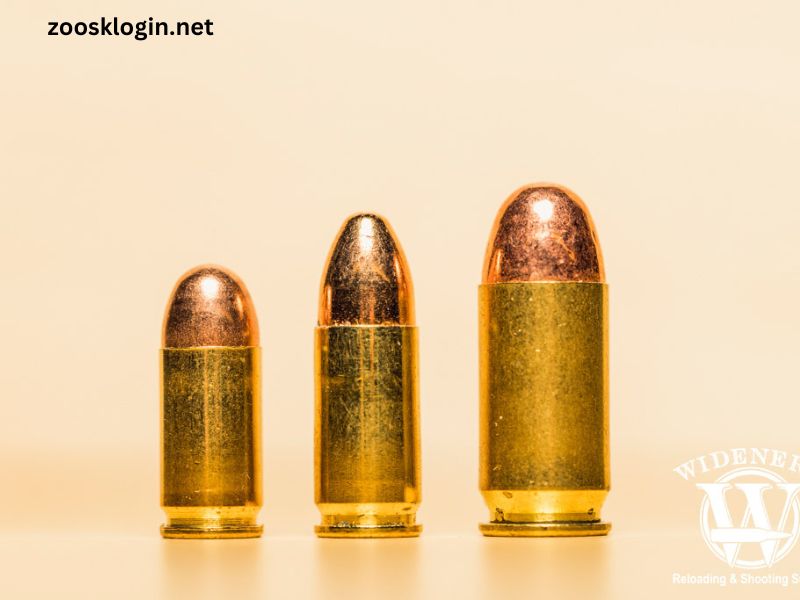When discussing firearms, one of the most frequently asked questions is, “How fast does a bullet travel?” The answer is complex and varies widely based on numerous factors, including the type of bullet, the caliber, the firearm used, and environmental conditions. In this article, we’ll explore the various aspects of bullet velocity, the physics behind it, and its implications in real-world scenarios.
Understanding Bullet Velocity
Bullet velocity, often referred to as muzzle velocity, is the speed at which a bullet leaves the barrel of a firearm. This speed is typically measured in feet per second (fps) or meters per second (m/s). The velocity of a bullet is a critical factor that influences its effectiveness and performance, including range, penetration, and energy upon impact.
Factors Influencing Bullet Velocity
- Type of Firearm: Different firearms produce varying muzzle velocities. For example, a .22 caliber rifle may have a muzzle velocity of around 1,200 fps, while a high-velocity rifle, such as a .223 Remington, can reach speeds of approximately 3,200 fps. Handguns generally have lower muzzle velocities compared to rifles due to their shorter barrels.
- Caliber: The caliber of a bullet refers to its diameter, and it significantly impacts its velocity. Larger calibers typically require more propellant, which can lead to higher velocities. However, they also have increased drag, which can slow them down over distance.
- Bullet Weight: Heavier bullets can travel slower due to increased inertia, while lighter bullets can achieve higher velocities. The balance between weight and speed is crucial for achieving desired ballistic performance.
- Propellant Type: The type of gunpowder used in ammunition affects how quickly a bullet accelerates. Some propellants burn faster, producing higher pressures and thus propelling the bullet more rapidly.
- Barrel Length: A longer barrel allows for more complete combustion of the propellant and a longer period for the bullet to be accelerated. This generally results in higher muzzle velocities. For instance, a .45 ACP fired from a shorter barrel will have a significantly lower velocity than the same round fired from a full-length barrel.
- Environmental Conditions: Atmospheric conditions such as temperature, humidity, and altitude can also impact bullet velocity. Colder temperatures can increase the density of air, creating more drag on the bullet and potentially reducing its speed.
Typical Bullet Velocities
To give a clearer picture, here are some typical bullet velocities for various calibers and types of firearms:
- .22 Long Rifle: Approximately 1,200 fps
- 9mm Parabellum: Around 1,200-1,300 fps
- .40 S&W: Roughly 1,100-1,200 fps
- .45 ACP: About 830-1,000 fps
- .223 Remington: Approximately 3,000-3,200 fps
- .308 Winchester: Around 2,600-2,800 fps
- .300 Winchester Magnum: About 2,900-3,200 fps
These figures can vary significantly based on specific loads, barrel lengths, and firearm design.
The Physics of Bullet Travel
Kinematics and Dynamics
When a bullet is fired, it is subject to several forces, including gravity, air resistance (drag), and the initial force provided by the burning propellant. The bullet’s motion can be described using principles of kinematics, which study the motion of objects.
- Initial Acceleration: The bullet is propelled forward by expanding gases created by the combustion of gunpowder. The initial acceleration is governed by Newton’s second law of motion: F=maF = ma, where FF is the force exerted by the expanding gases, mm is the mass of the bullet, and aa is the acceleration.
- Drag Force: As the bullet travels through the air, it encounters drag, which opposes its motion. The drag force increases with the square of the bullet’s velocity. This means that as a bullet travels faster, the drag force becomes significantly larger, impacting its velocity and trajectory over distance.
- Gravity: While the bullet is in flight, it is also affected by gravity. This force pulls the bullet downward, creating a parabolic trajectory. The degree to which gravity affects the bullet’s flight depends on the angle of the shot and the distance traveled.
Terminal Velocity
As a bullet travels, it will eventually reach a point where the drag force equals the force of gravity acting on it, resulting in a constant velocity known as terminal velocity. For most bullets, this speed is significantly lower than their initial muzzle velocity. For instance, a bullet may reach a terminal velocity of around 300-400 fps, at which point it will no longer accelerate downward.
Implications of Bullet Velocity
Accuracy and Range
The speed of a bullet has a direct effect on its accuracy and range. Faster bullets generally have flatter trajectories, allowing for more precise aiming over longer distances. However, the shooter’s skill and environmental factors also play a critical role in accuracy.
Penetration and Damage
Higher-velocity bullets tend to create larger wound channels and can penetrate targets more effectively. This is particularly important in contexts such as hunting or self-defense, where the objective may be to incapacitate an animal or a threat quickly.
Safety Considerations
Understanding bullet velocity is crucial for safety. High-velocity rounds can cause more severe damage and have a greater range, posing risks beyond the immediate target area. For instance, a bullet fired from a high-powered rifle can travel several miles before losing sufficient energy to pose a danger.
Conclusion
The velocity of a bullet is influenced by a myriad of factors, including the type of firearm, bullet caliber, propellant, and environmental conditions. Typical bullet speeds can range from around 800 fps for larger handgun calibers to over 3,200 fps for high-velocity rifles.
Understanding how fast bullets travel not only enhances our knowledge of ballistics but also informs decisions in law enforcement, hunting, and personal safety. Whether you are a firearms enthusiast, a hunter, or simply curious about the physics of bullets, appreciating the intricacies of bullet velocity can deepen your understanding of their impact and effectiveness in various contexts.
In an era where responsible gun ownership and safety are paramount, this knowledge is essential for anyone who handles firearms, ensuring they can make informed decisions and promote safe practices.






